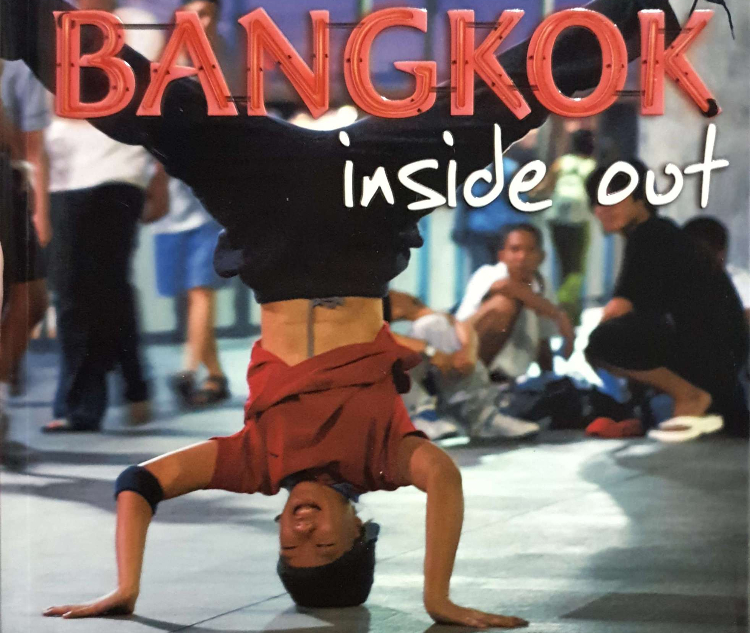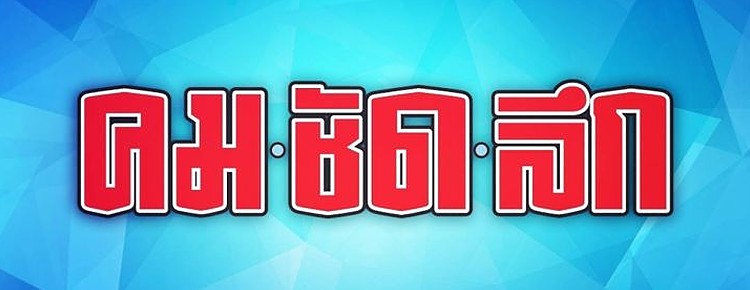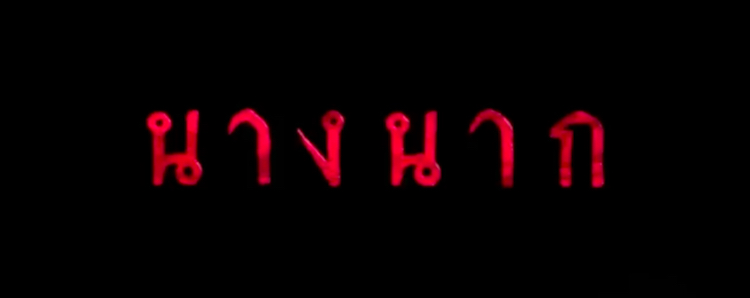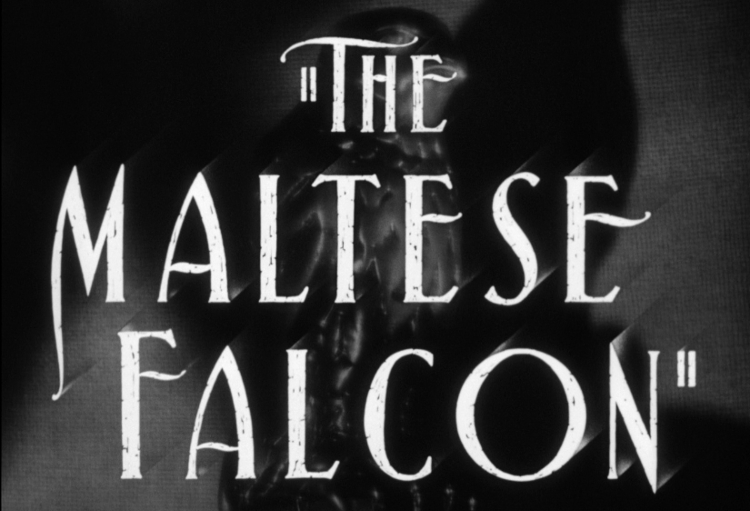The original version of King Kong is stunning. The megalomaniacal Dino de Laurentiis attempted to remake it in the 1970s, and failed spectacularly. Peter Jackson must be even more of a megalomaniac if he believed he could succeed where de Laurentiis failed.
Personally, I can never see the point of remakes or cover-versions. If you admire a film or song so much, why feel the need to change it? Jackson says he was inspired by the original King Kong as a child, and he now wants his own version to similarly inspire the next generation of children. Surely his Lord Of The Rings trilogy is already a huge inspiration to young children today? And if children are seriously interested in filmmaking they will surely admire the original version of King Kong provided that they have exposure to it.
Jackson's King Kong reportedly cost $207,000,000 to produce, making it the most expensive film ever made (although, if adjusted for inflation, the most expensive film is still Cleopatra, itself a remake). Instead, why not spend a fraction of that inflated budget on a worldwide theatrical rerelease of the original version? Yes, it would be less commercially viable, though less money would be risked because a new film would not actually be made.
John Cleese once said that he had spoken to a film producer and asked him what was the most difficult type of film to market to a multiplex audience. The answer was: anything original. Audiences like formulas, they like genre conventions, and they like actors playing to type. So remakes and sequels are guaranteed box-office successes.
Watching the original King Kong, I constantly asked myself: "How the hell did they do that?". Watching Jackson's remake, I kept asking myself: "How much of this is CGI?". The panoramas and vertigo-inducing helicopter shots look spectacular, yet they are devalued because of the film's reliance upon CGI. Kong is entirely computer-generated, as are the dinosaurs, etc. on Skull island. Kong himself is a convincing CG creation, though many other effects look articifial (when the actors are in rowing-boats, it's obvious that the sea and surroundings are CG). The CG dinosaurs in Jurassic Park were amazing, though why, years later, are CG dinosaurs being churned out left, right, and centre? Has CGI not yet moved on from the resurrection of extinct species?
The film is almost three hours long, and the time whizzes by, so it's certainly entertaining, though you would think that, with such a long running-time available, the plot would have fewer holes. For example, Carl announces that he has "come into possession of a map", though how it came into his possession is never questioned or revealed. The back-stories of Ann (the previous disappointments in her life) and Jimmy (his quasi-feral early life) are both hinted at, though never disclosed. Jack rescues Ann from Kong single-handedly, because they love each other, though when they return to New York they are inexplicably apart.
Heart Of Darkness is one of my favourite novels [though I admit I probably have more dictionaries than novels!], and it was very powerful as the source for Apocalypse Now. But referencing it in adventure films has become a bit of a cliche now, so the not-too-subtle inclusion of it in the new King Kong is not necessary.
Jackson's past as a gore director is hinted at a couple of times. In the ship's hold are a collection of caged animals, amongst them a Sumatran rat monkey, which was the animal that caused the zombie plague in Braindead (for my money, Jackson's best film). When the natives of Skull island are discovered, they are portrayed as crudely as those in Italian
mondo and cannibal horror films; in particular, with Carl obsessively filming everything he sees, there is a hint of Cannibal Holocaust. (When Kong is exhibited in a New York theatre, Jackson makes a joke out of the exaggerated gesticulations of the dancers playing natives, though he is guilty of just the same exaggeration in his earlier depictions of the natives on Skull island.)
The scene that formed the centrepiece of the trailer for Jackson's film, in which Carl tells Ann: "Scream for your life!" (a scene taken from the original version of King Kong) is not included in the final cut (or the extended director's cut). However, there is a subtle reference to the original film at the start, when it is explained that "Fay" is working on an RKO film with "Cooper": Fay Wray (the 'scream-queen' of the original film), King Kong's original studio, and Merian C Cooper (its co-director).









